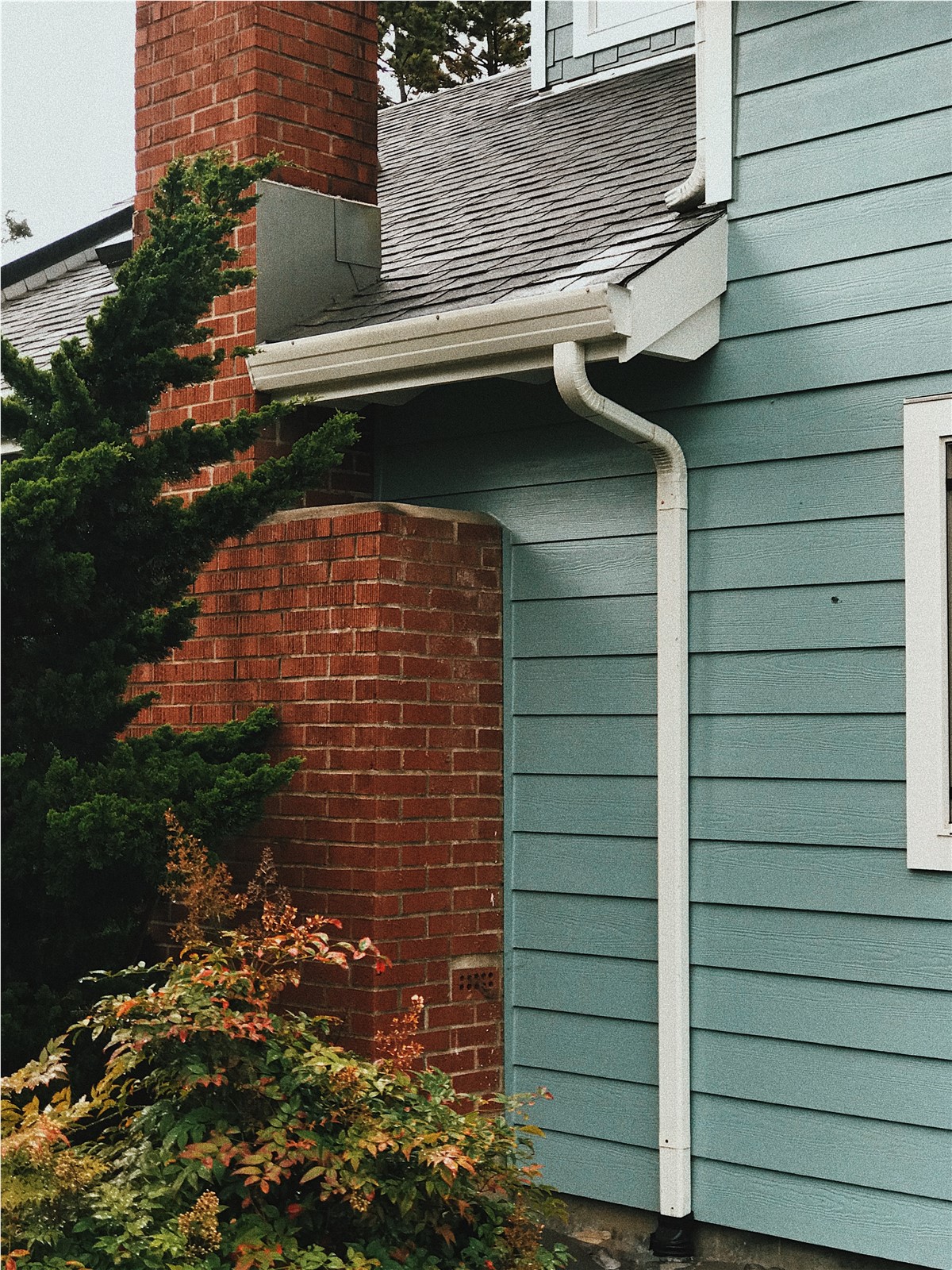
If your gutters are in need of a good repair, get them fixed now before the temperatures really drop and the snow comes in! We’ve compiled a list of frequently asked questions and gutter terms you may have heard professional gutter contractors use in the past.
Common Gutter Terms
Downspout: the vertical pipe that runs down the length of your house, carrying rainwater from the gutter to the ground (or a drain)
Drop outlet: a hole (formed by pieces of the gutter) that the water from the gutters travels through to wash travel through the downspout and away from your home
Elbow: a pre-finished angled piece for directing the flow of water
End cap: the fitting or flat piece located at the end of a gutter section and closes off that section
Fascia: a type of trim that runs horizontally along the roof’s eaves, providing a base for attaching the gutters (also called the fascia board)
Gauge: the thickness of a gutter (range is from .019 to .032 with the more ideal being .032)
Gutters: the horizontal pieces of your draining system connected to the edge of the roof that direct water away from your house
Hanger: the flat strap installed under the roofing material to support the gutter and downspout (most common method of attaching gutters to a roof)
Pitch: the angle at which the gutter is tilted to direct water to the downspout
Run length: length (measured in feet) of the horizontal section of the gutter
Run height: height at which the gutter will be located (20 feet, 30 feet, etc) and used to determine the length of the downspout required
Splash block: concrete or plastic surface that is put under the downspout to channel water away from your home
Strap: flat hangers that are nailed into the side of the house to hold the downspout in place
Gutter FAQ
Here are some of the most frequently asked questions about gutters – hopefully there’s an answer to something you’ve been wondering about!
Q: What are the advantages of gutter guards?
A: Installing gutter guards make maintenance much easier and lower the chances of needing repairs! Guards help prevent debris from building up in your gutter, such as leaves, birds’ nests, dirt, etc. We recommend Leaf Relief™ by Alcoa!
Q: When should I replace my gutters?
A: it’s best to have professionals come out and inspect your gutters to tell you whether a repair or replacement is in order. But in general, if your gutter is old (we’re talking 10-15 years!) it’s a good idea to replace it. If you see rust, it’s time for a replacement. If your gutters are leaking, it’s time for a replacement. If the gutter has been damaged beyond repair due to severe weather, it’s time for a replacement. Getting the picture?
Q: How can I tell if my gutters aren’t draining properly?
A: There are a couple different telltale signs – water pouring over the side of the gutter, peeling paint, corroded or rotting wood, mold and mildew on the foundation of your house, a lot of water in your basement, etc.
Q: What are the different types of gutters?
A: There are sectional and seamless gutters that come in different materials, sizes and colors!
Q: Why are the gutters overflowing?
A: If your gutters are overflowing, there is some kind of blockage. It may not even be visible – there could be an obstruction in the gutter, the downspout or the elbow! Professional gutter companies will be able to find the source without a problem, saving you a lot of time and major headaches.
Did we not answer your question? Feel free to contact our gutter experts! If you need any gutter services in the Maryland, Washington, DC and Virginia area, Shanco Companies can help!
Tags
Subscribe to Shanco's Blog


Comments